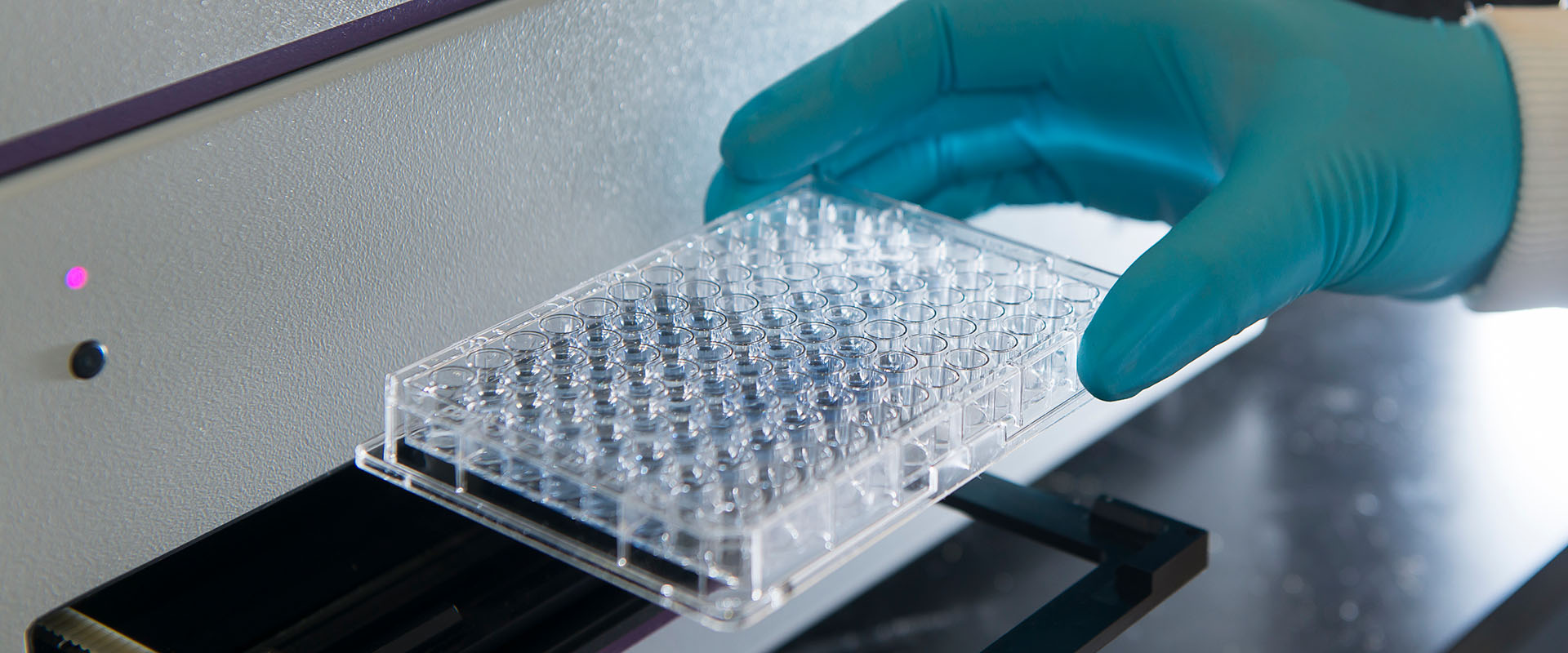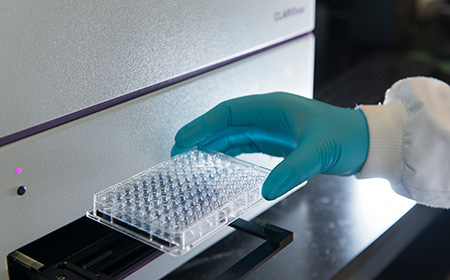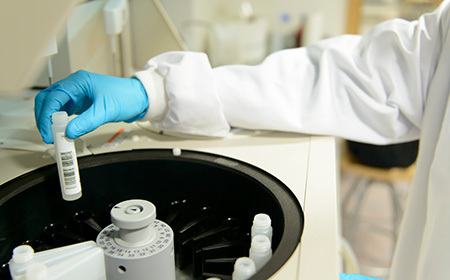
$60B was spent on R&D in 2010 in the field of drug discovery. A substantial part of the spending was directed to animal and clinical studies – despite high failure rates – because current cell culture assays are not sufficiently reliable. By improving in vitro procedures through the use of extracellular matrices (ECMs) that mimic tissue-specific environments, we can obtain native-like cell-functionality, and thus significantly improve the predictive power of cell-based assays.
Cell migration assays are commonly used to study wound healing, cancer cell invasion, and tissue development. Problems associated with the gap closure assays typically employed are that (i) the stopper or scratch used to make the migration zone damages the ECM, (ii) the migration zone size is limited by the size of the stopper, and (iii) the scratched migration zone shapes and sizes are irreproducible. Cell migration is strongly coupled with the structure and mechanical properties of the ECM, and damage to the ECM alters the cell migration path.
To overcome these problems, we are developing a novel cell migration assay. The success of the proposed work depends on the transfer of skills, expertise, and knowledge via research exchanges between 3 EU member state academic Beneficiaries, 2 EU member state industry Beneficiaries, 2 Third Country academic Partners, and 2 Third Country industry Partners.
 This project has received funding from the European Union’s Horizon 2020 research and innovation programme under the Marie Skłodowska-Curie grant agreement No 644175.
This project has received funding from the European Union’s Horizon 2020 research and innovation programme under the Marie Skłodowska-Curie grant agreement No 644175.



